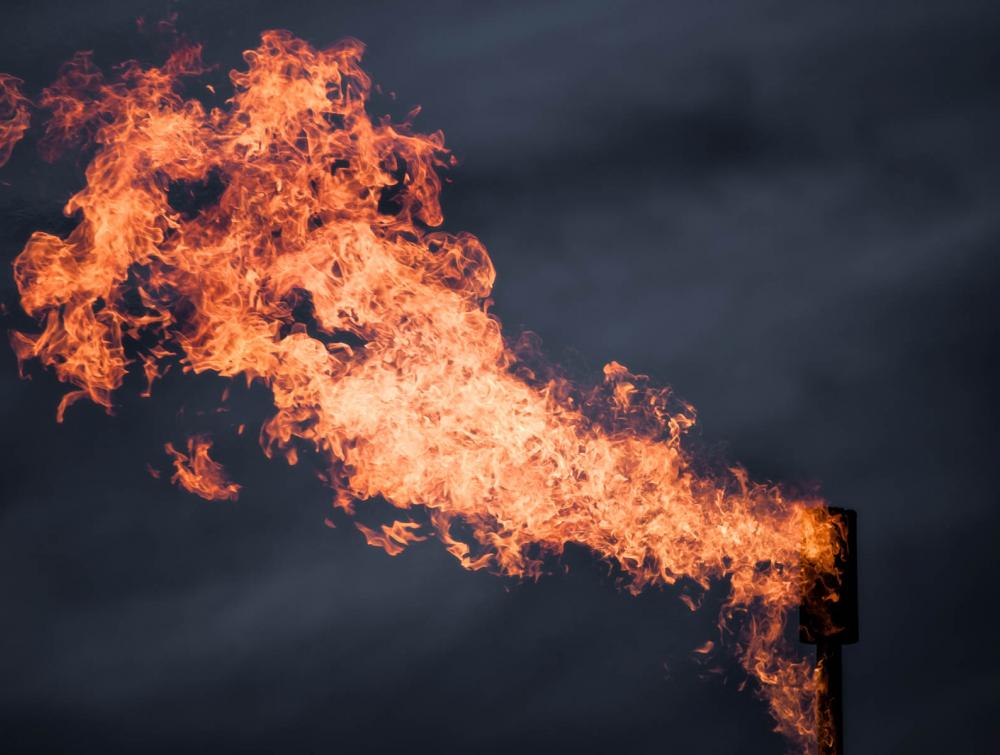A blind spot in the plan to reduce emissions is slowing progress in the fight against climate change

Pawnee National Grassland, CO
Mason Cummings, The Wilderness Society
Public lands must be fully accounted for
A recent independent analysis uncovered a void in the nation’s efforts to address global climate change: currently no plan exists to account for and manage greenhouse gas emissions created by energy development on public lands.
Read the full report
In fact, according to the analysis by Stratus Consulting, unaccounted emissions could make up almost 21 percent of all U.S. greenhouse gas emissions. This amount is equal to annual emissions from more than 280 million cars on the road—a number larger than the actual number of cars owned in the United States. Coal production accounts for over half of these estimated emissions, and is still one of the largest sources of potential greenhouse gasses from public lands.
The missing link
The Obama administration has made remarkable progress in cutting emissions in recent years through increased fuel efficiency for vehicles, real gains in energy efficiency at factories and buildings, and of course a commitment to address carbon emissions from power plants. However, fossil fuel extraction remains largely outside of the national climate discussion.
Specifically, Stratus Consulting’s analysis discovered that:
- Federal lands accounted for as much as 24 percent of all America’s energy-related greenhouse gas emissions in 2012
- Coal extracted from federal lands alone accounts for over 57 percent of all potential emissions from fossil fuel production on federal lands
- Methane wasted by venting and flaring practices on federal land rose more than 51 percent between 2008 and 2013
Reaching America’s climate change goals will require a more thoughtful approach to developing publicly-owned fossil-energy resources.
America’s public lands: an underestimated source of greenhouse gas emissions
Almost 30 percent of America’s annual energy production comes from shared public lands. Despite a recent increase in renewable energy projects, federal lands remain a principal source of the nation’s oil, coal and natural gas. Taxpayer-owned gas, oil and coal extracted from federal lands by private companies account for as much as one-fifth of all U.S. greenhouse gas.
The U.S. Department of the Interior (DOI) does not have a system in place to account for and ultimately manage the emissions from the extraction of fossil fuels on public lands. The agency currently monitors emissions from its own operations, such as agency buildings and vehicle fleets, but does not measure nor track trends in the emissions resulting from energy leases on federal land.
Reducing methane pollution from energy development on public lands
Taking steps to reduce the needless waste of methane, the largest component of natural gas, is a significant opportunity underscored by the Stratus Report.
Methane emissions are particularly detrimental because of the gas’ heat trapping ability in the atmosphere. Over a 100-year period, the impact of methane is 34 times greater than that of carbon dioxide—and even more potent than that in the near-term.
Large amounts of methane are also intentionally discarded into the atmosphere or burned through processes called venting and flaring. These practices waste natural gas that could be captured for use or sale.
Over a 100-year period, the impact of methane is 34 times greater than that of carbon dioxide—and even more potent than that in the near-term.
The Interior Department is working to reduce the waste of taxpayer resources by incentivizing companies to capture the natural gas that is being emitted. The Wilderness Society is working with the Bureau of Land Management to update and strengthen regulations to ensure that venting and flaring on public land by private companies will be significantly reduced.
Additionally, a significant volume of methane is lost to leakage during production, transportation and distribution. Not only are these so-called “fugitive emissions” costly and environmentally harmful, they’re preventable. An independent analysis recently estimated that up to 50 percent of wasted methane could be captured cost effectively.
Fixing these wasteful and preventable leaks will be a critical step in curbing greenhouse gas emissions on public lands.
An emissions reduction strategy for America’s public lands
The U.S. is making progress in reducing greenhouse gas emissions, and the Obama Administration is in a position to take another critical step in the fight against climate change. Without accounting for emissions from fuel production on public lands, we’re missing essential information needed to better align public land management decisions with climate change goals. Understanding the scope of our emissions is the most important step in reducing those emissions.
“Helping our nation cut carbon pollution should inform our decisions about where we develop, how we develop and what we develop,” said Secretary of the Interior, Sally Jewell, in a recent speech.
Not only would this provide some accountability to ensure fair return on taxpayer resources, it would reduce pollutants that contribute to climate change.
